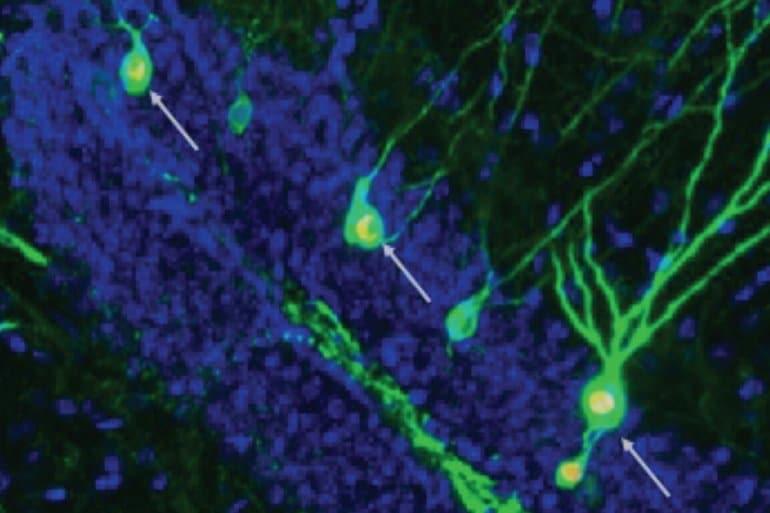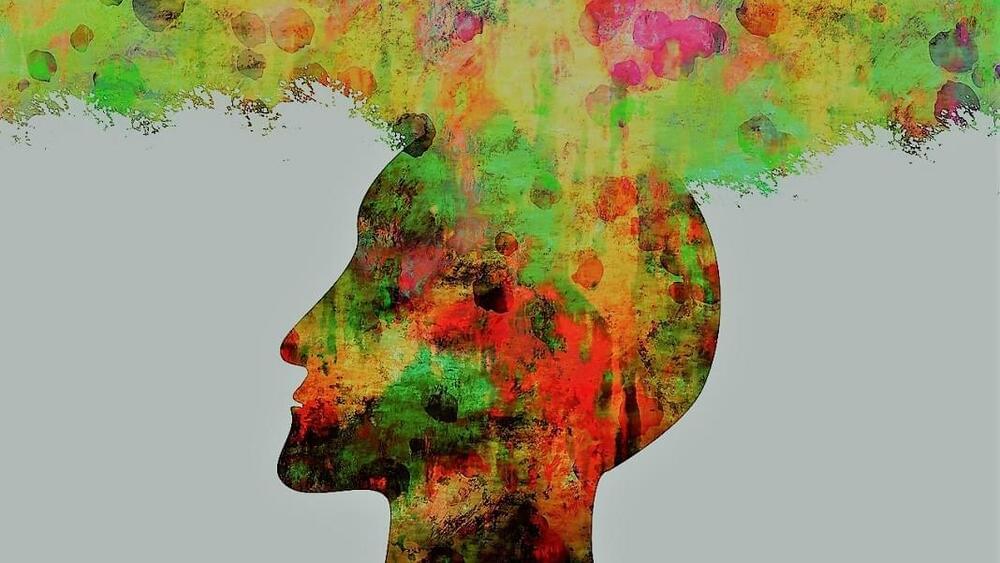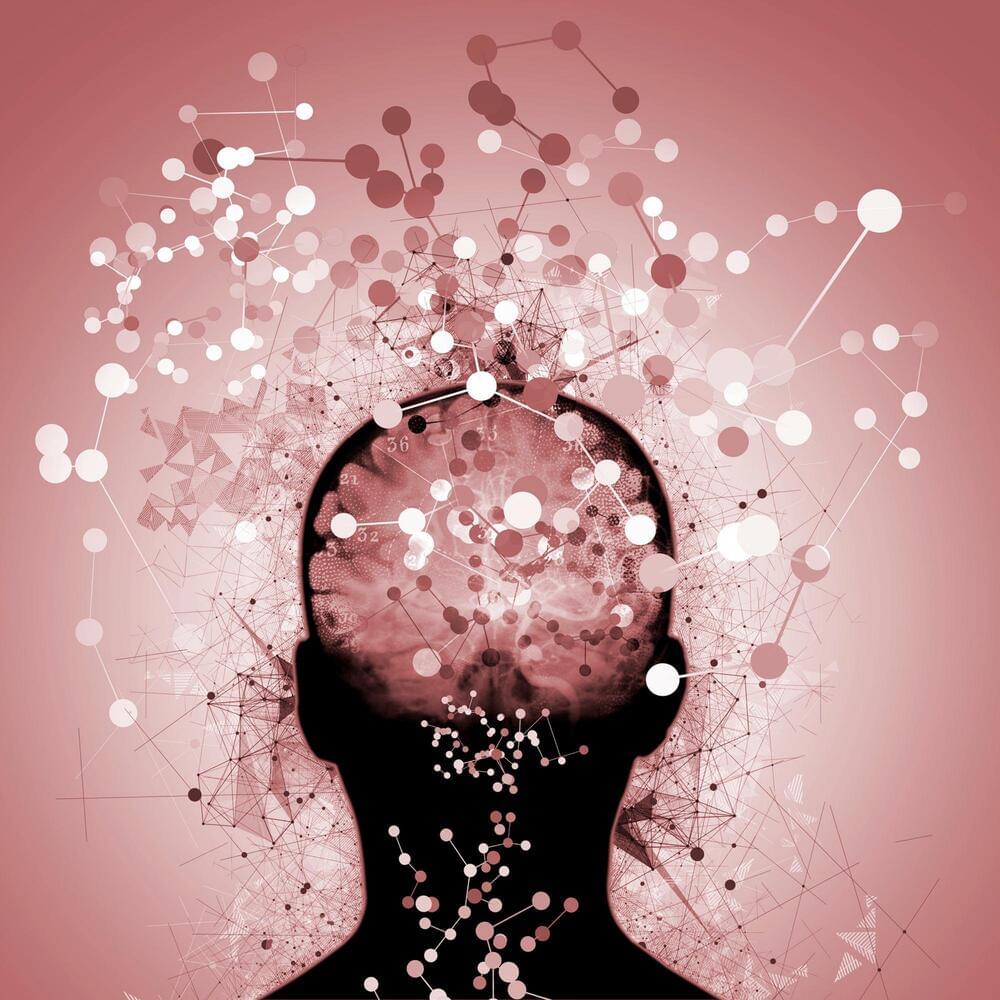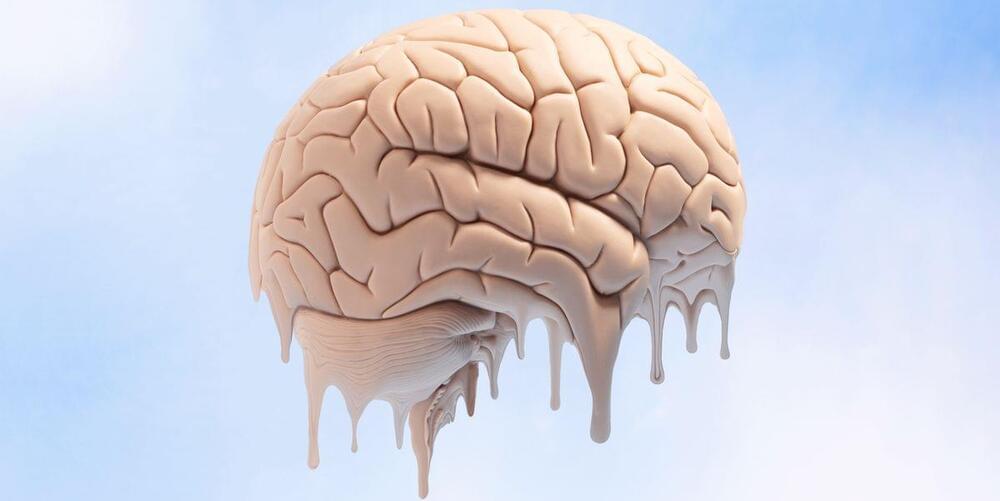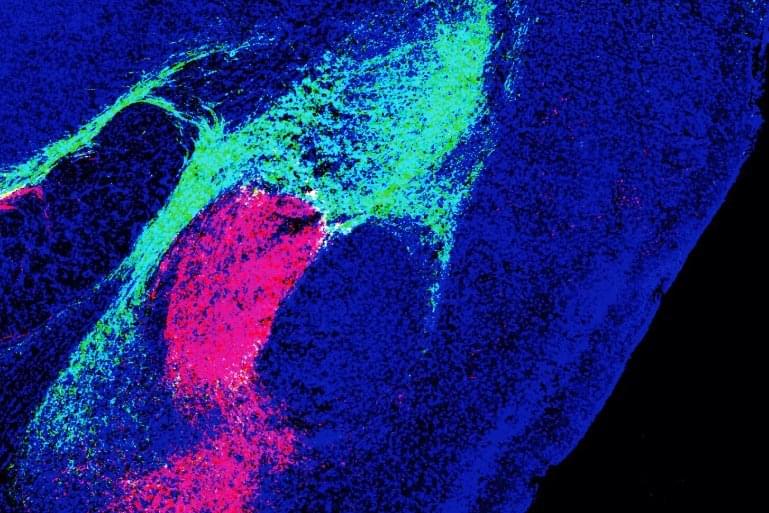Summary: Increasing neurogenesis by deleting the Bax gene in mouse models of Alzheimer’s improved the animals’ performance in tests measuring spatial recognition and contextual memory.
Source: Rockefeller University.
Researchers at the University of Illinois Chicago have discovered that increasing the production of new neurons in mice with Alzheimer’s disease (AD) rescues the animals’ memory defects.
